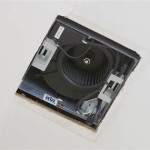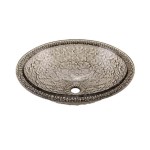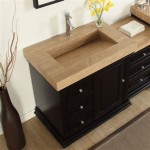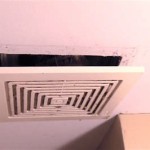How To Clean Bathroom Tiles With Vinegar
Vinegar, a readily available household item, offers a natural and effective solution for cleaning bathroom tiles. Its acidic properties help dissolve soap scum, hard water stains, and mildew, restoring the shine and cleanliness of tile surfaces. This guide outlines the proper methods for utilizing vinegar to achieve sparkling clean bathroom tiles.
Before beginning the cleaning process, gather the necessary supplies. These include white distilled vinegar, water, a spray bottle, microfiber cloths or sponges, a scrubbing brush (optional), and baking soda (optional, for stubborn stains). Ensure the bathroom is well-ventilated by opening a window or turning on a fan. Proper ventilation helps dissipate the vinegar smell and accelerates drying.
The fundamental cleaning solution consists of equal parts water and vinegar. Pour the mixture into a spray bottle, ensuring the bottle is clean and free of any residue from previous cleaning agents. Shake the bottle gently to thoroughly combine the vinegar and water. For areas prone to mildew or with heavy soap scum buildup, a stronger solution may be necessary. In these cases, the proportion of vinegar can be increased. However, it's advisable to test the stronger solution on a small, inconspicuous area first to ensure it doesn't damage the tile surface.
Spray the vinegar solution liberally onto the tiled surfaces, ensuring complete coverage. Allow the solution to dwell on the tiles for approximately 10-15 minutes. This dwell time allows the vinegar to effectively break down grime and mineral deposits. For heavily soiled areas, reapply the solution after five minutes to maintain a wet surface.
After the dwell time, gently scrub the tiles using a microfiber cloth or sponge. For stubborn stains or grout lines, a soft-bristled scrubbing brush can be employed. Avoid using abrasive scrubbers, as these can scratch the tile surface. Work in small sections, rinsing the cloth or sponge frequently in clean water.
For particularly stubborn stains, a paste of baking soda and water can be applied. Mix baking soda and water to form a thick paste and apply it directly to the stain. Allow the paste to sit for a few minutes before scrubbing with a cloth or brush. The combination of baking soda's mild abrasiveness and vinegar's acidity provides a powerful cleaning action.
Once the tiles have been thoroughly scrubbed, rinse them with clean water. A showerhead can be used for convenient rinsing, ensuring all traces of vinegar and cleaning residue are removed. Alternatively, multiple rinses with clean water and a sponge or cloth are effective. Pay close attention to grout lines, as these areas tend to trap cleaning solutions.
After rinsing, dry the tiles with a clean microfiber cloth. Thorough drying prevents water spots and helps maintain the shine of the tiles. Buffing the tiles with a dry cloth after they are initially dry can further enhance their shine.
Regular cleaning with the vinegar solution can help prevent the buildup of soap scum and hard water stains. A weekly cleaning regimen is generally sufficient for regular maintenance. In areas with high humidity, more frequent cleaning may be necessary to prevent mildew growth. For shower areas, consider using a daily shower spray containing vinegar to inhibit mildew formation.
Vinegar is a versatile cleaning agent suitable for various types of bathroom tiles, including ceramic, porcelain, and glass. However, it is essential to exercise caution when using vinegar on natural stone tiles such as marble or granite. The acidity of vinegar can etch the surface of these materials. If unsure about the suitability of vinegar for a specific type of tile, it is recommended to test it on an inconspicuous area first or consult the tile manufacturer's guidelines.
Maintaining clean bathroom tiles not only enhances the aesthetics of the space but also contributes to a healthier environment. Vinegar provides a safe, effective, and economical alternative to harsh chemical cleaners, making it a valuable tool for maintaining a sparkling clean bathroom.
Utilizing simple techniques and readily available materials like vinegar allows homeowners to achieve professional-level cleaning results without resorting to expensive or environmentally harmful products. Regular cleaning and proper maintenance can significantly extend the lifespan of bathroom tiles, preserving their beauty and functionality for years to come.

3 Ways To Clean Tile With Vinegar Wikihow Life

4 Ways To Clean Bathroom Tile Wikihow

How To Clean Bathroom Tile Grout Home Remedies Banish Mould Express Co

How To Clean Bathroom Tiles At Home

5 Easy Steps How To Clean Grout With Vinegar And Baking Soda

How To Clean Tiled Floors With Vinegar Cleaning Guides By Fantastic

Bathroom Tiling How To Clean Tile With Vinegar Water

7 Damage Free Ways To Clean Tiles With A Diy Vinegar Solution

How To Clean Grout With Natural Cleaners The Maids

How To Clean Grout Dirty In Five Minutes Without Using Bleach Express Co
Related Posts







